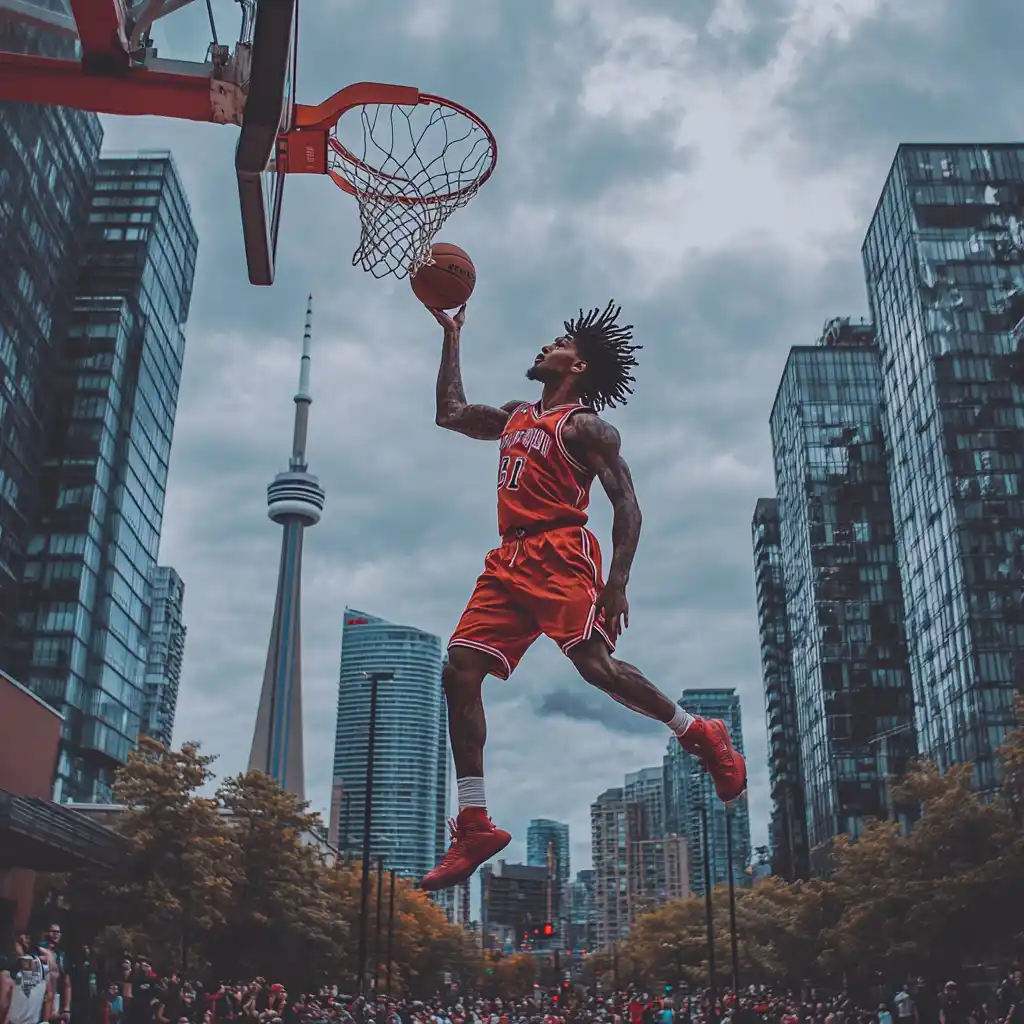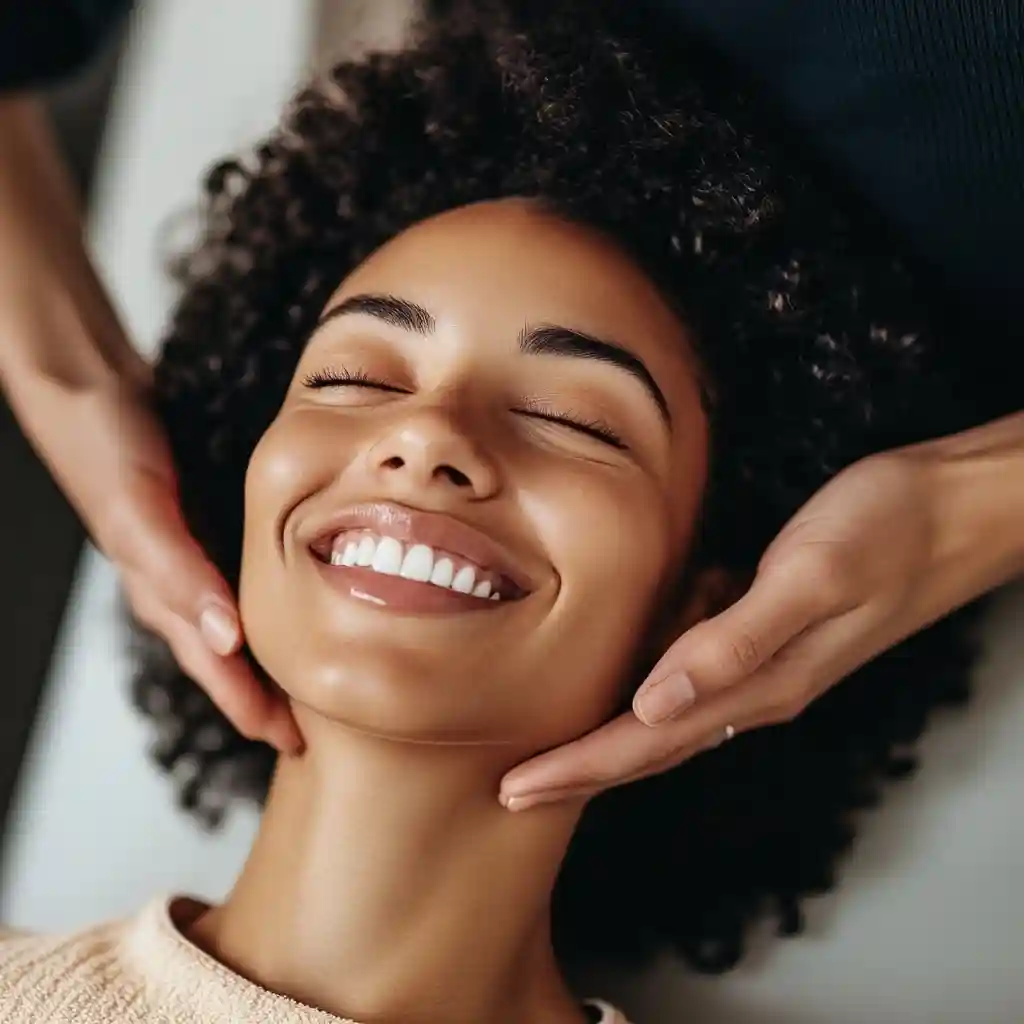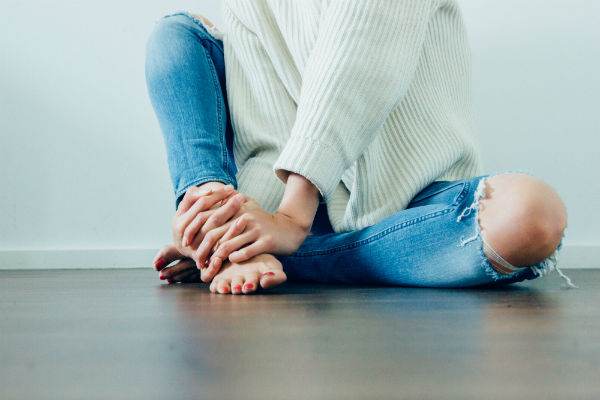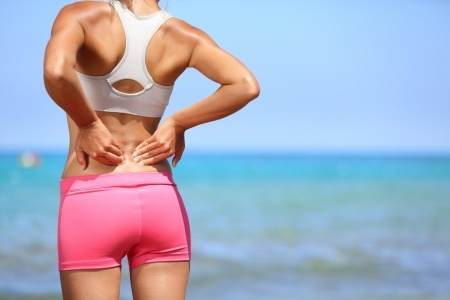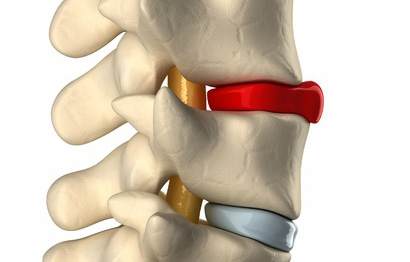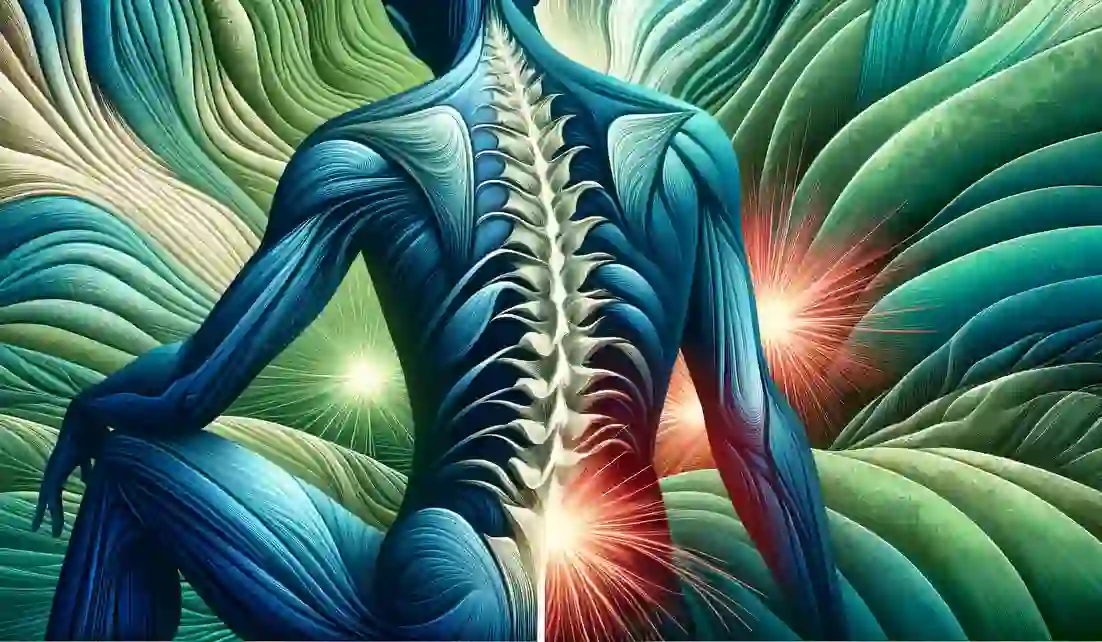Advanced Posture Exercises For Your Rounded Upper Back
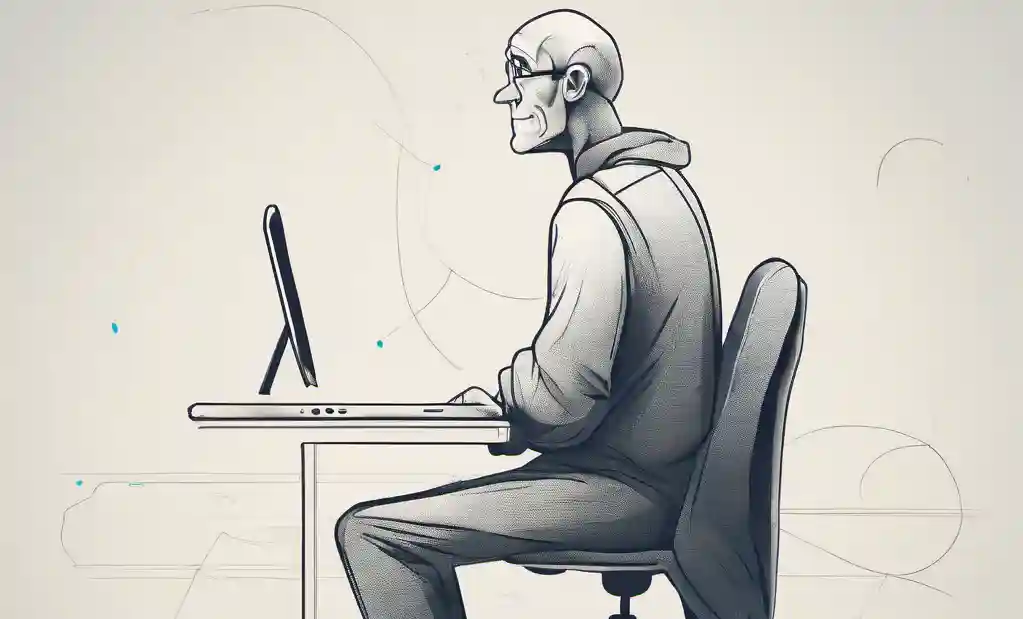
Have you already done the posture exercises in “How To Improve Your Posture: 4 Upper Back Exercises“?
If you’re still seeking assistance, this article introduces advanced posture exercises and other techniques to address hunchback posture effectively.
Identifying the Root Cause: Hyperkyphosis
Your rounded upper back, often termed upper crossed syndrome or kyphosis, stems from an imbalance in muscle strength.
The thoracic spine naturally curves, but when this curvature becomes exaggerated—known as hyperkyphosis or colloquially, a hunchback—it signifies muscular imbalance.
Balancing Muscular Strength
The imbalance manifests as tight chest muscles and weak back muscles. Last week, we focused on stretching chest muscles and strengthening the back. Now, we’ll expand with additional posture exercises.
For those seeing minimal improvement, consider increasing exercise frequency to twice daily, seven days a week.
Targeted Muscle Strengthening
To effectively address severe kyphosis, focus on strengthening:
- Middle trapezius and rhomboids
- Lower trapezius and multifidus
Strengthening these muscles is crucial for maintaining proper posture while standing and sitting.
Emphasizing Endurance Over Speed
Endurance, not brute strength, is key. These exercises require extended holds rather than quick repetitions.
Hold each exercise for at least 60 seconds before considering additional weight to intensify the workout.
By incorporating these exercises into your routine, you can make significant strides toward correcting severe kyphosis and improving your overall posture.
Intermediate Posture Exercises
#1 “Y” Exercise For Your Lower Trapezius and multifidus
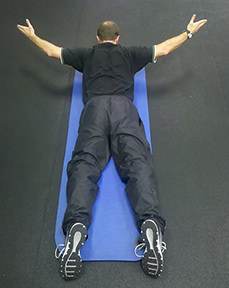
http://bit.ly/18g7W0L
- Lay facedown on the floor
- Bring your arms overhead in a “Y” shape
- Lift your arms as high as they will go while keeping your shoulder from going up.
Hold for 10 seconds eventually extending the time to 60 seconds. Make the exercise harder by doing this on a Swiss ball or weights.
#2 “T” Exercises To Strengthen Your Middle Trapezius and Rhomboids
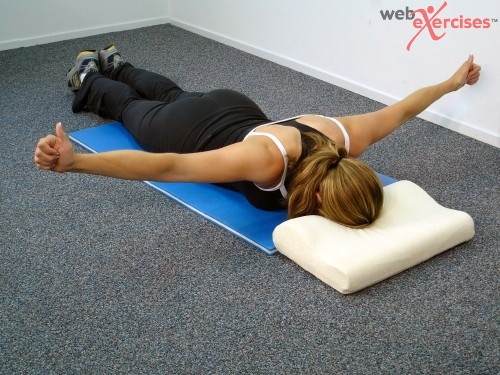
http://bit.ly/1hddu46
- Lay facedown on the floor
- Bring your arms to the side in a “T” shape
- Lift your arms as high as they will go while you stop your shoulder from going up toward your head.
- Hold for 10 seconds eventually extending the time to 60 seconds. Make the exercise harder by doing this on a Swiss ball or weights.
#3 Bruegger exercise
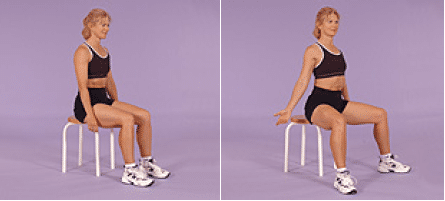
- Sit on the edge of a chair
- Tuck in your chin
- Turn your thumbs out and bring your arms behind you
- Squeeze the shoulder blades together and toward your tailbone.
Remember to keep the arch in your lower back. The form is important.
#4 Advanced Stretch Of The Upper Back Ligaments (thoracic vertebral ligaments)
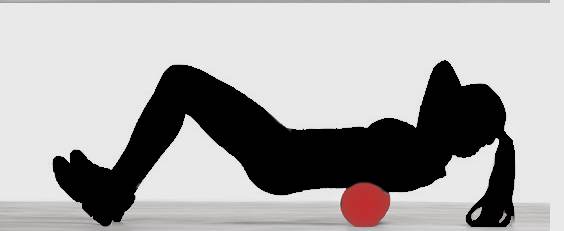
- Position the Foam Roller: Sit on the floor and place the foam roller behind you, aligned with your lower ribs.
- Lie Down: Gently lie back so the foam roller is under your thoracic spine. Support your head with your hands to avoid neck strain.
- Stabilize Your Lower Body: Keep your feet flat and knees bent to control pressure.
- Roll: Extend your midback over the foam roller, targeting the area between your shoulder blades to the top of your upper back.
- Pause and Extend: Pause and allow your back to gently extend over the roller for a deeper stretch. Breathe deeply.
- Control the Pressure: Use your legs to adjust your body’s pressure on the roller, focusing on areas of tension.
Duration: 1-2 minutes, adjusting as you become more comfortable with the exercise.
Warning About The Posture Exercises
For individuals with severe osteoporosis or Scheuermann’s disease (juvenile osteochondrosis) leading to a rounded back (hyperkyphosis), it’s important to note that posture exercises alone may not fully straighten the back. However, for those who experienced Scheuermann’s disease during childhood, engaging in these exercises could potentially offer pain relief. Additionally, if your child is currently dealing with Scheuermann’s disease, incorporating posture exercises might help in reducing the curvature of their back, although research has yet to conclusively prove this effect.
With mild to moderate osteoporosis you should be fine as there is no flexion involved with these posture exercises. Still, a bone density scan within the last two years to find out how strong your bones are is recommended.
Please tell us what you think in the comments below and like us on Facebook. This Toronto Downtown Chiropractor will answer all questions in the comments section.


